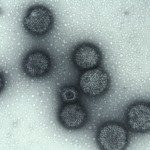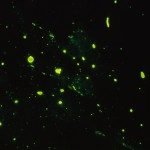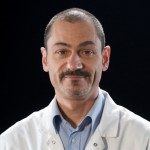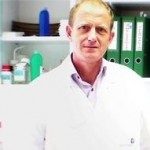Link to Pubmed [PMID] – 21261824
Link to DOI – 10.1111/j.1751-7915.2007.00012.x
Microb Biotechnol 2008 Jan; 1(1): 79-86
Identification of microbial pathogens in clinical specimens is still performed by phenotypic methods that are often slow and cumbersome, despite the availability of more comprehensive genotyping technologies. We present an approach based on whole-genome amplification and resequencing microarrays for unbiased pathogen detection. This 10 h process identifies a broad spectrum of bacterial and viral species and predicts antibiotic resistance and pathogenicity and virulence profiles. We successfully identify a variety of bacteria and viruses, both in isolation and in complex mixtures, and the high specificity of the microarray distinguishes between different pathogens that cause diseases with overlapping symptoms. The resequencing approach also allows identification of organisms whose sequences are not tiled on the array, greatly expanding the repertoire of identifiable organisms and their variants. We identify organisms by hybridization of their DNA in as little as 1-4 h. Using this method, we identified Monkeypox virus and drug-resistant Staphylococcus aureus in a skin lesion taken from a child suspected of an orthopoxvirus infection, despite poor transport conditions of the sample, and a vast excess of human DNA. Our results suggest this technology could be applied in a clinical setting to test for numerous pathogens in a rapid, sensitive and unbiased manner.




